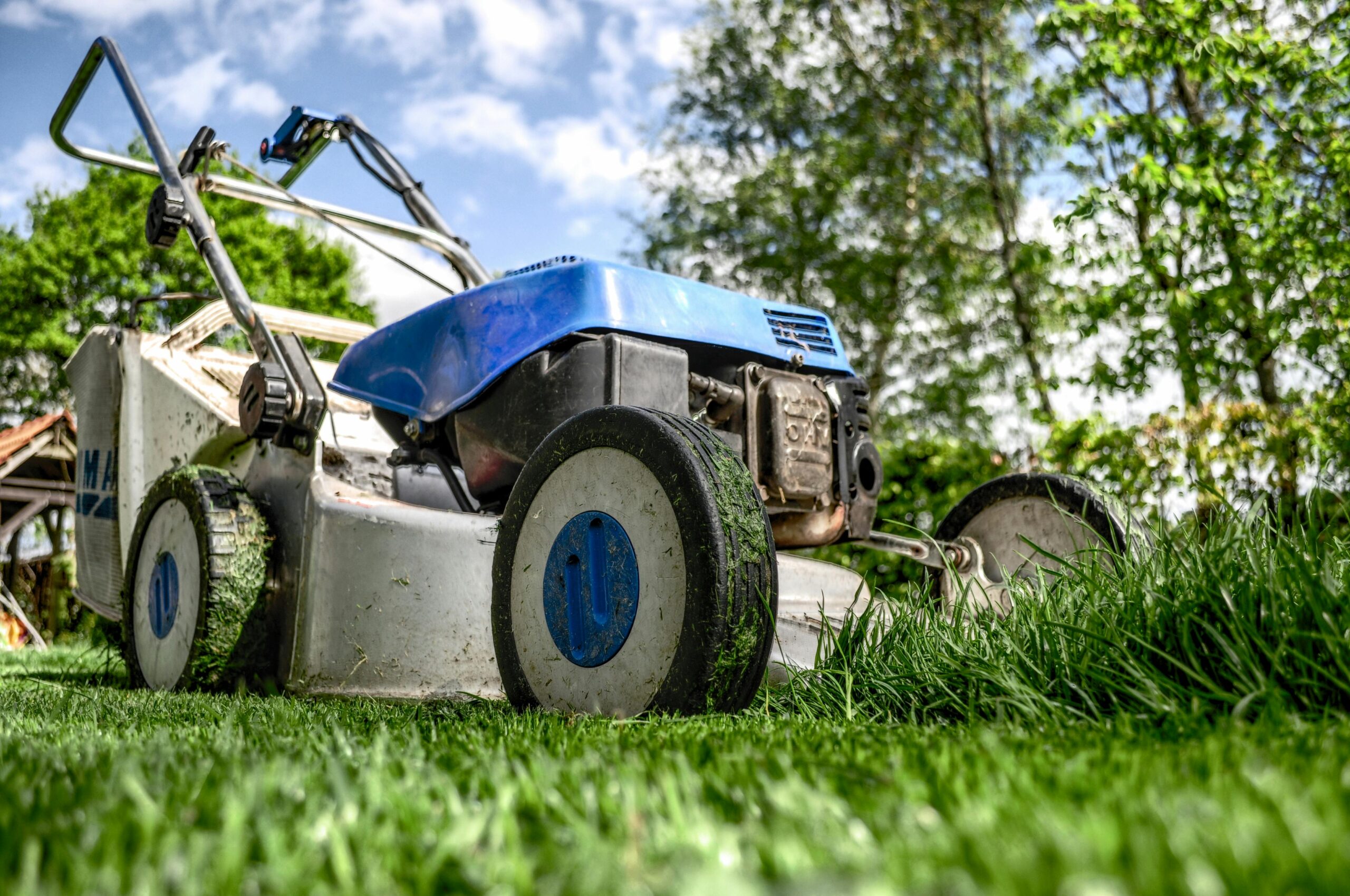Maintaining a lush, green lawn often comes with a hefty water bill, especially in regions prone to heat waves and drought conditions. However, by selecting the right drought tolerant grass varieties, homeowners can enjoy beautiful lawns while conserving water and reducing maintenance. This comprehensive guide explores the best warm-season and cool-season grass options that thrive with minimal water, helping you make an informed decision for your specific climate and landscape needs. From the heat-loving bermudagrass to the resilient buffalograss and versatile fescue varieties, we’ll examine the top contenders for creating a low water lawn that stays green even when rainfall is scarce.
Understanding Drought Tolerance in Grasses
Drought tolerance refers to a grass’s ability to survive extended periods with minimal water while maintaining acceptable appearance and health. This adaptation comes from evolutionary features like deep root systems, narrow leaf blades that reduce water loss, and dormancy mechanisms that allow the grass to temporarily “shut down” during extreme conditions without dying. The best grass for heat and drought depends on your specific climate zone, soil conditions, and intended lawn use. Some grasses may look slightly dormant during extreme drought but quickly recover when water becomes available, making them ideal choices for regions with water restrictions or homeowners seeking to reduce their environmental footprint through a low water lawn.
Warm-Season Drought-Tolerant Grasses
Warm-season grasses thrive in temperatures between 75-90°F, making them excellent choices for southern and transition zones. Bermudagrass stands out as one of the most drought-resistant options available, developing deep root systems that can reach 6 feet or more to access water reserves deep in the soil. This aggressive grower creates a dense turf that withstands heavy traffic and high heat while requiring up to 30% less water than many other varieties. Its fine texture and bright green color make bermudagrass visually appealing, though it does go dormant and turn brown during cooler months.
Buffalograss represents another outstanding choice for drought-prone areas, particularly in the Great Plains and western states. As a native North American grass, buffalograss has evolved to survive with as little as 8-10 inches of annual rainfall, making it among the most water-efficient turf options available. Its grayish-green color creates a soft, fine-textured lawn that rarely grows taller than 8 inches, reducing mowing needs. While slower to establish than bermudagrass, buffalograss offers superior cold tolerance and adapts well to poor soil conditions, making it ideal for low-maintenance landscapes.
Zoysia grass offers a middle ground for transition zones, combining good drought tolerance with more shade adaptation than most warm-season options. Its dense growth habit naturally crowds out weeds, reducing the need for chemical treatments. While not quite as drought-resistant as bermudagrass or buffalograss, zoysia maintains better color during dry periods than many alternatives. According to experts at AskHomey, zoysia’s ability to thrive in multiple soil types makes it increasingly popular among homeowners seeking resilient lawn solutions.
Cool-Season Drought-Tolerant Grasses
For northern regions, several cool-season grasses offer impressive drought tolerance. Tall fescue leads this category with its extensive root system that can reach depths of 2-3 feet, accessing soil moisture unavailable to shallow-rooted species. This deep-rooting capability allows tall fescue to stay green during moderate drought conditions when other cool-season grasses have already gone dormant. Modern turf-type tall fescue varieties offer finer blades and denser growth than older varieties, creating an attractive lawn that requires minimal supplemental irrigation once established.
Fine fescues (including creeping red, chewings, hard, and sheep fescues) represent another excellent group of drought-resistant cool-season options. These grasses feature extremely narrow leaf blades that lose less water through transpiration, helping them conserve moisture during dry periods. Fine fescue varieties typically require 30-50% less water than Kentucky bluegrass while providing good shade tolerance and the ability to grow in poor soils. Their low fertility requirements make them ideal for low-input landscapes where minimal fertilization and irrigation are desired.
Regional Considerations for Drought-Tolerant Lawns
Climate plays a crucial role in selecting the right drought-tolerant grass. In transitional zones where summers are hot but winters bring freezing temperatures, mixing cool and warm-season grasses can provide year-round green coverage. For instance, overseeding bermudagrass with perennial ryegrass can maintain color during winter dormancy periods. In the arid Southwest, buffalograss thrives with minimal supplemental water, while the humid Southeast may favor bermudagrass or centipedegrass varieties that handle both heat and occasional heavy rainfall.
Soil type also influences drought tolerance. Clay soils retain moisture longer but may limit root penetration, while sandy soils drain quickly, requiring grasses with superior drought adaptation. Consider having your soil tested before making a final selection to ensure proper matching between your soil conditions and grass requirements. Native and adapted varieties typically perform better with less water than imported species that haven’t evolved for your local conditions.
Establishing and Maintaining Drought-Resistant Turf
Even the most drought-tolerant grass varieties require regular watering during establishment. Plan to seed or sod during optimal growing seasons for your selected variety to ensure strong root development before drought conditions arrive. For warm-season grasses, late spring planting allows roots to develop before summer heat, while cool-season varieties establish best in early fall. Proper soil preparation, including aerating compacted areas and incorporating organic matter, significantly improves drought resilience in any lawn.
Once established, maintain drought-tolerant lawns by watering deeply but infrequently, encouraging roots to grow downward in search of moisture. Raise mowing heights during dry periods to reduce stress and preserve soil moisture. Consider reducing fertilizer applications during drought conditions, as this stimulates growth that requires additional water to sustain. Applying a quarter-inch layer of compost annually can improve soil water retention without promoting excessive growth.
For more tips and to connect with reliable home service professionals, follow AskHomey on Facebook and Instagram.



